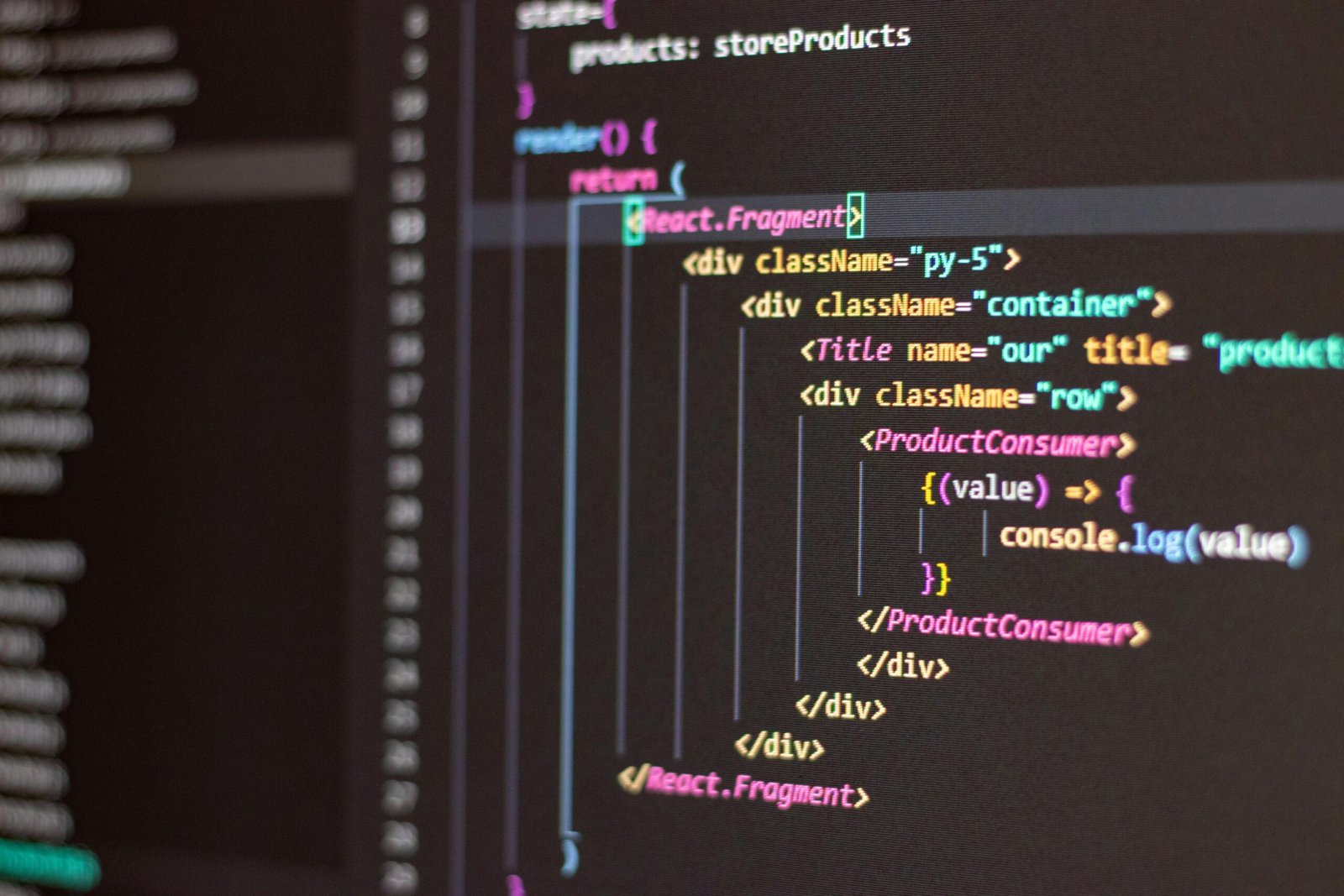ull Stack Web Development
Introduction to Full Stack Web Development
Let’s be honest: the world runs on code. Whether it’s your favorite app or an e-commerce site you frequent, everything is built using web development. Now, imagine having the skills to build both the front and back ends of a website. That’s what Full Stack Web Development is all about—a complete package of tech skills that lets you handle an entire web application from start to finish.
Understanding the Web Development Stack
Before diving into the nitty-gritty, let’s break down the “stack.”
Front-End vs Back-End vs Full Stack
-
Front-End Development: What users see and interact with (buttons, images, layouts).
-
Back-End Development: What powers the site behind the scenes (servers, databases, APIs).
-
Full Stack Development: A combination of both. A Full Stack Developer builds the entire web application—front to back.
Benefits of Mastering the Full Stack
Why choose both? Simple: versatility, better job opportunities, and the freedom to build complete projects solo.
Front-End Development Overview
What is Front-End Development?
It’s the part of the website users interact with. A great front-end developer ensures a site is visually appealing, responsive, and user-friendly.
Core Technologies: HTML, CSS, JavaScript
-
HTML structures your webpage.
-
CSS styles it to look good.
-
JavaScript brings it to life with interactivity.
Popular Front-End Frameworks
Frameworks make your life easier. The top ones include:
-
React: Created by Facebook. Fast, scalable, and powerful.
-
Angular: A complete solution by Google.
-
Vue.js: Lightweight and beginner-friendly.
Back-End Development Overview
What is Back-End Development?
Think of it as the engine of a website. Back-end developers manage servers, databases, and everything users don’t see.
Server-Side Languages
You’ll often work with:
-
Node.js: JavaScript for the server.
-
Python: Easy to learn and very popular.
-
PHP: Widely used for WordPress.
-
Ruby: Known for its simplicity.
Databases
You need to store user data somewhere, right? Here are common options:
-
MySQL
-
MongoDB
-
PostgreSQL
Full Stack Technologies and Tools
The MERN Stack
-
MongoDB, Express.js, React, Node.js – full JavaScript stack.
The MEAN Stack
-
Swap React with Angular. Same back-end structure.
LAMP Stack
-
Linux, Apache, MySQL, PHP – popular for WordPress and PHP apps.
JAMstack
-
Focused on JavaScript, APIs, and Markup – great for performance-focused apps.
Essential Skills for Full Stack Developers
Version Control with Git
Track your code changes and collaborate with others using Git and GitHub.
API Integration
Use and build APIs to connect your front-end with databases or third-party services.
Authentication and Authorization
Secure your apps with login systems, user roles, and permissions.
Deployment and Hosting
Know how to deploy your project using Heroku, Netlify, Vercel, or AWS.
The Learning Path for Full Stack Web Development
Beginner Level
Start with HTML, CSS, and basic JavaScript. Get comfortable building simple websites.
Intermediate
Learn React, Git, and start working with APIs.
Advanced
Master Node.js, Express, MongoDB, and explore DevOps basics.
Full Stack Development Process
Project Planning and Design
Start with wireframes and project requirements.
Development Workflow
Use agile or sprint-based development to stay organized.
Testing and Debugging
Use tools like Jest, Mocha, or browser dev tools to squash bugs.
Deployment
Launch your app using cloud platforms or hosting services.
Common Challenges in Full Stack Web Development
-
Tech evolves rapidly—stay updated.
-
Managing complexity in large applications.
-
Balancing front-end visuals with back-end logic.
Advantages of Being a Full Stack Developer
-
You can build complete apps solo.
-
Companies love versatile devs.
-
Full Stack Developers often earn more due to their wide skill set.
Full Stack Developer Career Opportunities
Startups vs Big Tech
Startups need generalists—you’ll do a bit of everything. Big tech offers specialization but values full stack experience.
Freelancing and Remote Work
Full Stack Developers are in high demand on platforms like Upwork and Fiverr.
Building Your Own Projects
Want to launch your own startup? Being a full stack dev means you can build the MVP yourself.
Freelancing as a Full Stack Developer
Platforms to Start On
Check out Upwork, Freelancer, Fiverr, or Toptal.
Building a Portfolio
Create 3–5 solid projects showing your skills in both front-end and back-end.
Setting Your Rates
Start modest, then raise rates as you gain reviews and experience.
Trends in Full Stack Web Development
-
Serverless Computing reduces infrastructure overhead.
-
Low-Code Tools like Bubble allow rapid prototyping.
-
AI is becoming a part of intelligent web apps.
Best Resources to Learn Full Stack Web Development
-
FreeCodeCamp, Codecademy, Coursera for structured courses.
-
Traversy Media, The Net Ninja on YouTube.
-
Books: “Eloquent JavaScript,” “You Don’t Know JS.”
-
Bootcamps: General Assembly, Le Wagon, or self-paced platforms like Scrimba.
Conclusion
Becoming a Full Stack Web Developer is like becoming a digital architect. You understand the whole blueprint and can build every part of a website from scratch. Whether you’re aiming to freelance, work in tech, or start your own company, full stack skills put you miles ahead. And the best part? You can start learning today—no degree required.
FAQs
1. How long does it take to become a Full Stack Developer?
Usually 6–12 months with consistent effort, depending on your background and pace.
2. Do I need a degree to work in Full Stack Web Development?
No. Many successful devs are self-taught or bootcamp grads.
3. Which stack should I learn first?
Start with the MERN Stack—it’s JavaScript-based and widely used.
4. Is Full Stack Development good for freelancing?
Yes! Freelancers with full stack skills are more versatile and in higher demand.
5. What’s the future of Full Stack Web Development?
Bright! With the rise of AI, serverless, and remote work, Full Stack Developers remain key players in tech.

